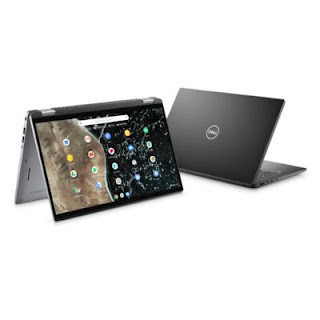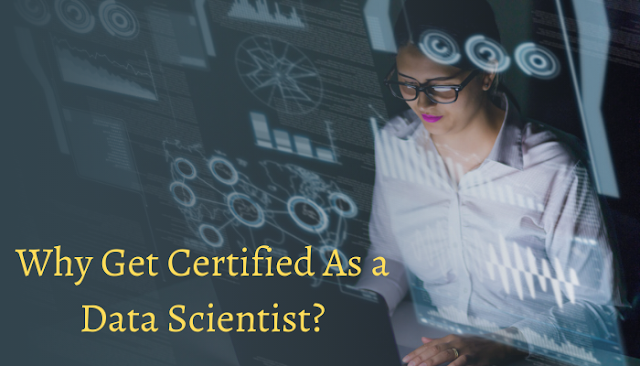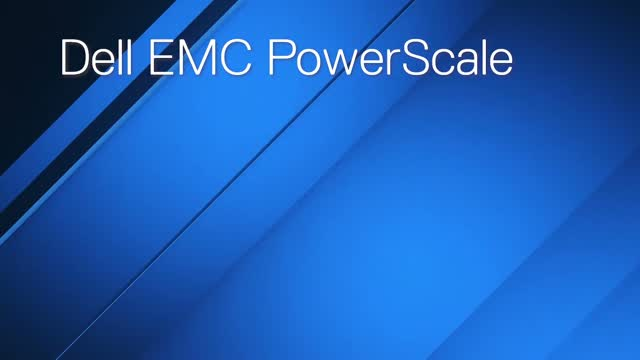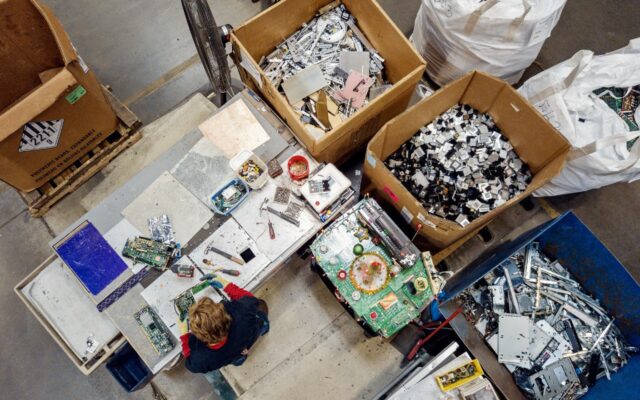A conversation with Daniel Stine from Lake|Flato Architects
Daniel Stine is a registered architect, author, blogger and educator with more than two decades of experience in the field of architecture. Passionate about architectural visualization and building performance, Dan is a leading advocate for technology and innovation in architectural planning. He’s the director of design technology at Lake|Flato Architects, a nationally renowned, award-winning architectural firm in sustainable design.
As a #DellInsideCircle member, Dell Precision workstations are integral to bringing Dan’s architectural visions to life. I recently sat down with him to discuss remote working, VR-enabled design, and the role of technology for architects.
Chris: Dan, could you share some insights into the life of an architect today?
Dan: The pandemic has accelerated the architecture industry’s trajectory towards full digital integration. Physical gatherings will no longer be considered a necessity for our practice, but as a tool to enhance contextual understanding and to facilitate relationship-building with clients.
Many of us are adapting to not being in the office daily, but the nature of architectural design still requires a lot of social collaboration and raw computing power. The office offered the ideal environment to support both needs!
How has Lake|Flato adopted different technology solutions in 2020?
As our team members moved to work from home, we provided all staff with a full technology package including PCs, dual monitors, docks, peripherals, and more. The goal was to get it as close to the office setup as possible.
Most of our team members are used to working on high-powered Dell Precision tower workstations to support different stages in the design workflow. Since all our designs are modeled three-dimensionally as well as visualized and analyzed using sophisticated software, we require a high-quality CPU, GPU, RAM and solid-state drives to support our workflows. With all this computing power initially centralized in the office, we decided to remote into the systems. Using VMWare Horizons, we could turn a single desktop into a virtual machine accessible anywhere. VMware’s Blast technology provides access to a desktop’s graphics card, unleashing tools like real-time rendering. We are even able to use remote input devices such as 3D Connexion’s 3D mouse.
We’ve uncovered that technology today allows us to be productive and balance work/life no matter where we are. We see opportunities to support a hybrid work week, with team members alternating days they work from home or the studio.
Can you tell us more about Lake|Flato’s design process and how you currently collaborate with your team and clients?
In this period of social distancing, our workstations allow us to effectively engage our clients through an interactive and collaborative virtual design process. We can align on proposed design solutions more quickly and make revisions on the spot.
It all comes down to what works best for the client. There are some clients that we are engaging with 100% over Zoom. Often they are on site and testing out and visualizing our ideas. We’ve also tested cloud-based collaboration tools on 2-in-1 devices that connect to our higher-powered workstations back in the office. We already do a lot of sketching within Miro and Zoom meetings.
Any emerging tech trends that you are excited about? Is VR playing a large role in Lake|Flato’s design process?
Yes, we are already seeing VR, AR, drones, and laser scanning play a larger role in the design process. We have been sending some clients standalone VR headsets to which we push design updates and they enjoy the experience of being immersed in our designs. I recently led a proof-of-concept using the Trimble XR10 with HoloLens 2 and Microsoft Teams, to deliver a safe and remote AR experience. For those not trained to read 2D drawings or static 3D views, it’s a great tool for making a design relatable.
We are in the process of remodeling our office here in San Antonio. To accurately capture the existing conditions, the entire building was laser scanned, resulting in a 20 GB dataset with billions of points. Our Dell Precision desktops handle this large dataset very well. We also have our own drone to capture accurate site data for new projects.
Where does Lake|Flato draw inspiration for architectural designs?
The answer to that question is suggested in the title of our new book, Lake|Flato, Nature | Place | Craft | Restraint. We strive to create unique environments that enrich communities and nurture life. Unashamedly free from convention, our inspiration comes from nature, a project’s micro-climate, and often simple yet elegant design solutions that promote the health and wellbeing of its occupants.
Any tips for upcoming student architects?
I’d recommend that students explore and embrace next-gen energy analysis tools so they can be active participants in mitigating the climate crisis. Students who have experience with these tools will likely have an advantage when seeking future roles!
What tools are most important to your role?
As someone who has written books spanning topics like Revit and architectural hand sketching, I tend to use a lot of tools. Organizational tools like Outlook, Teams, and OneNote are critical. I also use social media to connect with others and learn about new trends and important tech issues within the AEC industry.
Source: delltechnologies.com




























